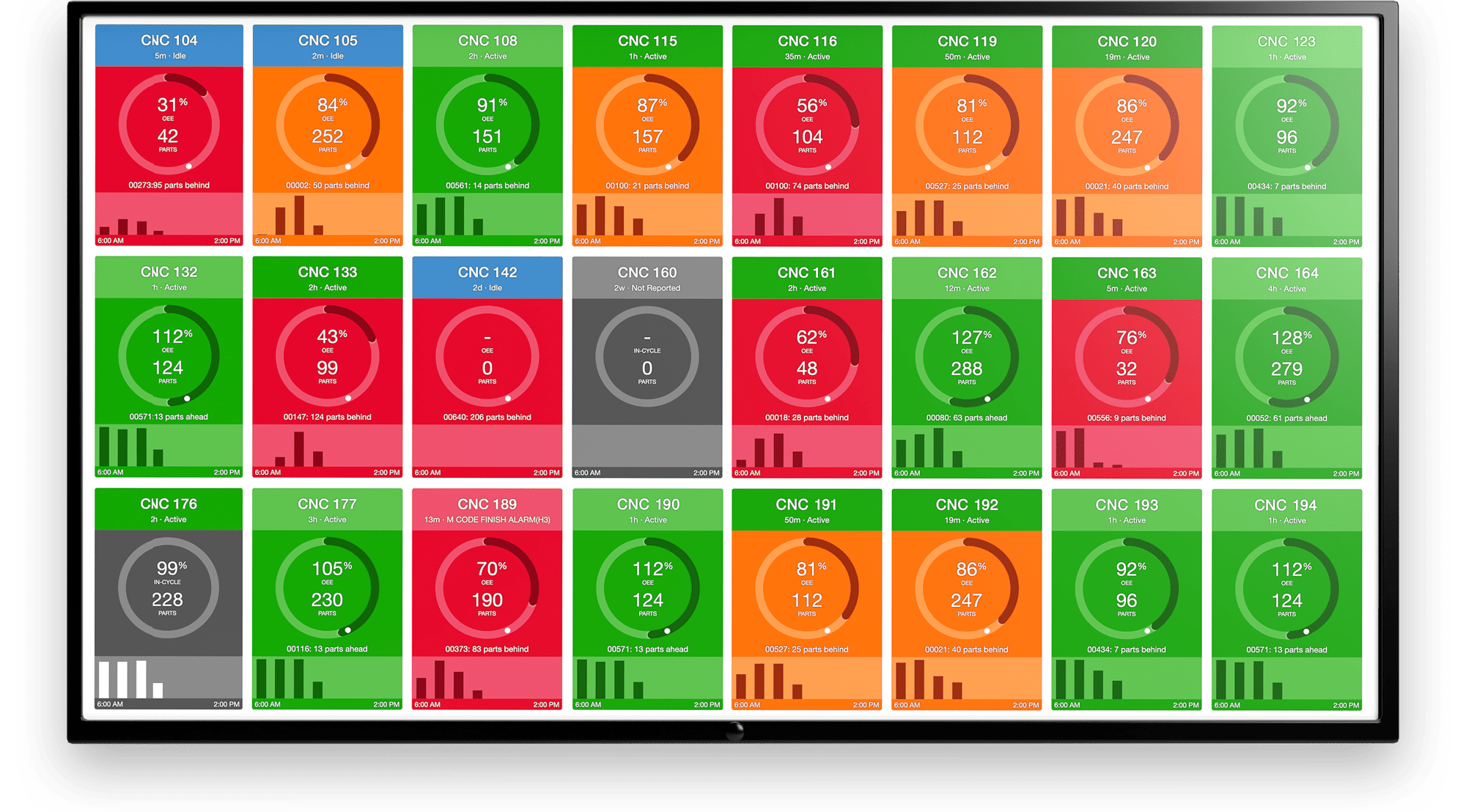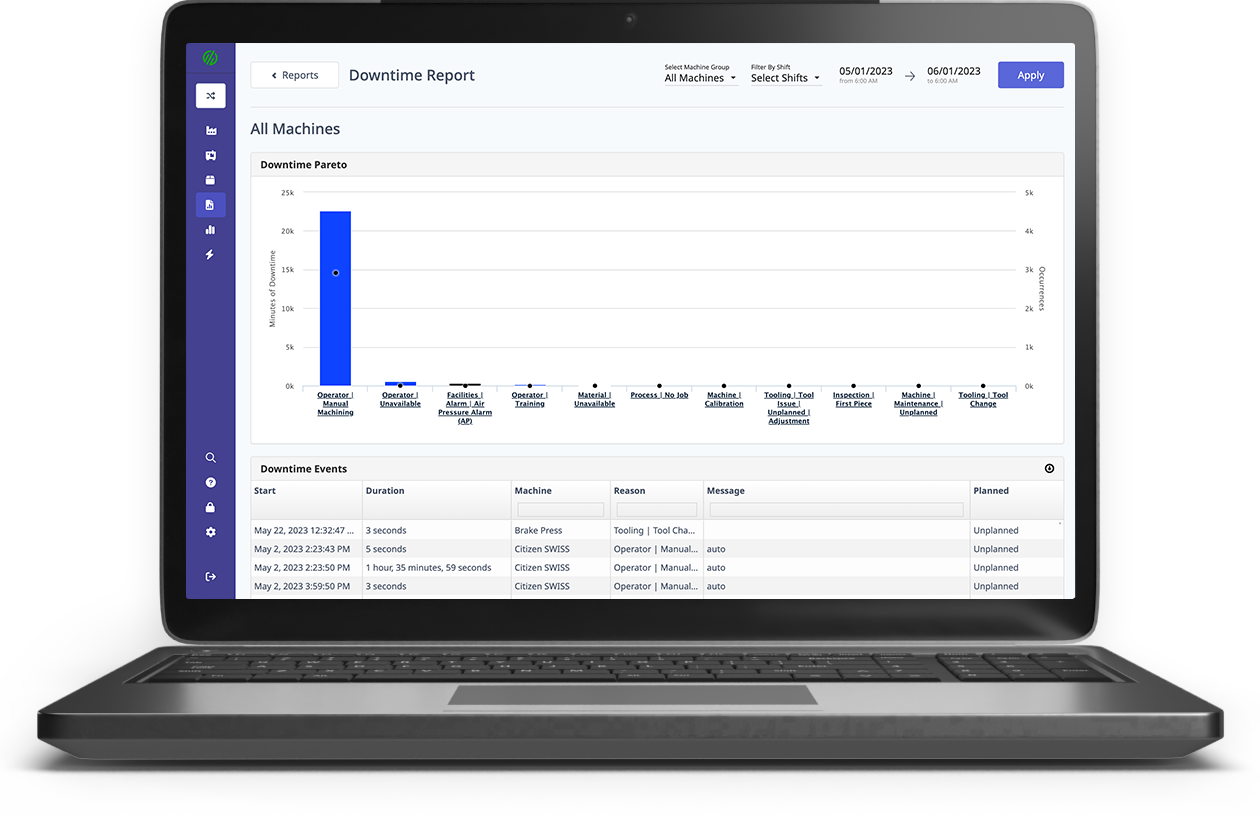MaxAI has arrived! Learn all about it
here
Search
SUGGESTED CONTENT:
MachineMetrics Blog
Harvey Performance Company is a global leader in precision cutting tools, manufacturing brands like Harvey Tool, Helical Solutions, Micro 100, and others used in aerospace, medical, power generation,
MachineMetrics
/ Nov 19, 2025
Pindel Global Precision is a contract machining company headquartered in Wisconsin and serving a diverse range of industries, including agriculture, hydraulics, electrical, and general industrial
MachineMetrics
/ Nov 17, 2025
Easthampton, MA – November 6, 2025 – MachineMetrics, the industry’s leading production intelligence platform, today announced the launch of Max AI, the new AI-powered intelligence layer for its
press release
/ Nov 06, 2025
Easthampton, MA – October 16, 2025 – MachineMetrics, the Intelligent MES and industry leader in machine connectivity, today announced the launch of Manual Stations - a powerful solution that enables
press release
/ Oct 15, 2025
START DRIVING DECISIONS WITH MACHINE DATA.
Ready to empower your shop floor?
Learn More
A Resource to Understand Industrial IoT, Explore Valuable Use Cases, and Prepare for Common Challenges With tighter margins, rising inflation, and more competition than ever before, many companies...
Unleashing Digitization in Manufacturing Recently, we had the opportunity to host an event with MachineMetrics users and prospects to learn how manufacturing leaders are leveraging digital...
The Value of Machine Data for Your CMMS
MachineMetrics
/ April 28, 2022
This article is part of a series discussing the value of machine data for shop floor management systems. Integrating machine assets into your connected factory ecosystem unlocks accurate, real-time...
Navigating Market Turbulence: Insights from the GVSU
MachineMetrics
/ April 19, 2022
Key Takeaways: The GVSU symposium highlighted strategies for overcoming market turbulence in automotive. Focus on innovation and flexibility is critical in navigating uncertain market conditions....
MachineMetrics Achieves Best-in-Class Information Secur...
MachineMetrics
/ April 19, 2022
MachineMetrics Achieves Best-in-Class Information Security Standards with ISO 27001 Certification Internationally recognized standard validates MachineMetrics’s commitment to high-level data security...
Get In Touch With Us
Easthampton Office
116 Pleasant St, Suite 316, Easthampton, MA 01027
Platform
Industry Solutions


.png?width=1960&height=1300&name=01_comp_Downtime-%26-Quality_laptop%20(1).png)